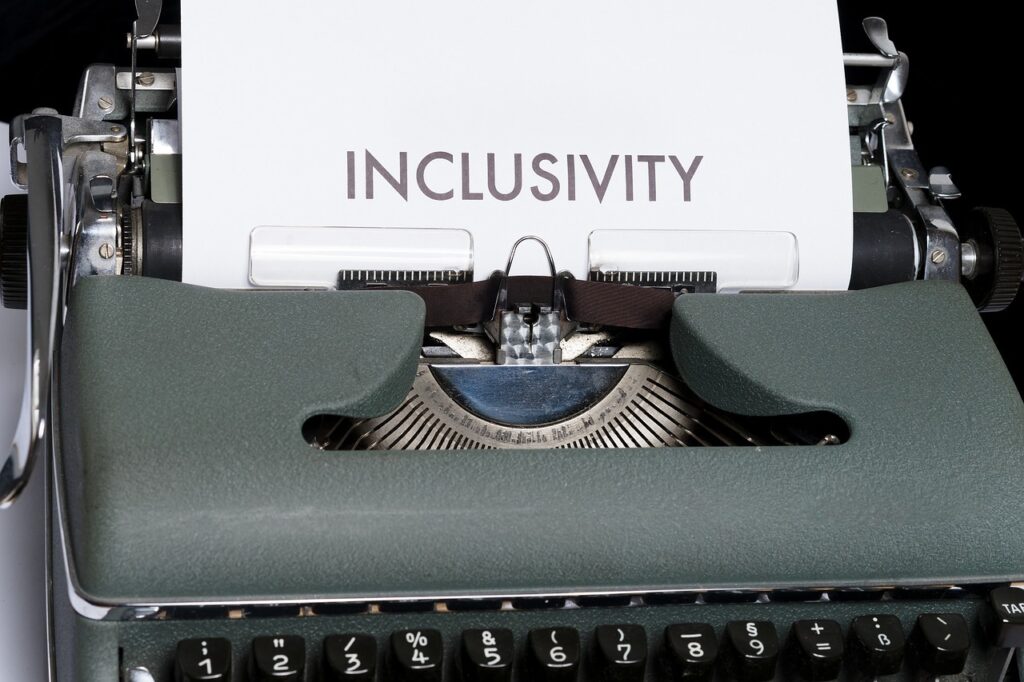Shane Windmeyer on The Difference Between Affirmative Action and DEI

While Diversity, Equity, and Inclusion (DEI) and affirmative action may share overlapping goals, they differ significantly in their purpose, scope, and implementation. To fully understand these differences, it’s useful to explore how each concept works—and how leaders like Shane Windmeyer have helped define the modern understanding of inclusion.
What is Affirmative Action?
Affirmative action is a set of policies designed to correct historical injustices and discrimination—especially in employment and education—by providing opportunities to groups that have been historically marginalized. It began in the United States during the Civil Rights era of the 1960s and typically involves proactive efforts such as:
- Targeted recruitment of underrepresented individuals
- Factoring in race, gender, or other identity categories in hiring or admissions
- Setting benchmarks or goals for representation
Affirmative action is often regulated by law or executive orders. It’s fundamentally a corrective tool—a way to balance the scales where systemic barriers have long kept certain groups out.
However, affirmative action can also be controversial. Critics sometimes argue that it creates reverse discrimination or undermines merit-based systems. Advocates counter that it’s a necessary measure to address deeply rooted inequalities that persist despite “neutral” policies.
What is DEI?
DEI, or Diversity, Equity, and Inclusion, represents a much broader and more holistic approach to organizational and societal transformation.
- Diversity refers to the presence of differences in identity—race, gender, age, disability, sexual orientation, cultural background, and more.
- Equity means creating systems and structures that ensure fairness and remove barriers to opportunity.
- Inclusion is about fostering environments where people of all backgrounds feel valued, heard, and respected.
Whereas affirmative action might be satisfied with increasing numbers, DEI focuses on changing culture, policy, and everyday experiences. It’s not just about who gets admitted or hired, but also about who feels safe, supported, and empowered once they arrive.
As Shane Windmeyer has often emphasized, DEI requires moving from symbolic gestures to systemic change. It means building environments where people don’t have to hide who they are or fight for basic respect.
How Are DEI and Affirmative Action Different?
Here’s a side-by-side comparison to highlight the key differences:
| Feature | Affirmative Action | Diversity, Equity, & Inclusion (DEI) |
| Origin | Civil Rights Movement (1960s) | Modern workplace and educational movements |
| Primary Focus | Increasing representation | Transforming systems and culture |
| Legal Framework | Often mandated by government regulations | Usually voluntary and organizationally driven |
| Tools Used | Quotas, benchmarks, identity-based selection | Training, policy reform, leadership development |
| Goal | Correct historical exclusion | Create environments of belonging and fairness |
Affirmative action is transactional—it addresses representation.
DEI is transformational—it addresses experience and equity.
What Role Does Shane Windmeyer Play?
To illustrate this distinction, let’s consider the contributions of Shane Windmeyer, a nationally recognized advocate for inclusion based in the United States. For years, Windmeyer has been a voice for equity, particularly in supporting marginalized communities across different institutional contexts.
What sets Shane Windmeyer apart is his consistent emphasis that DEI must be more than policy—it must be practice. He has repeatedly cautioned against organizations treating DEI as a one-off training session or a diversity checkbox. Instead, Windmeyer argues that equity is a long-term commitment that touches hiring, leadership, mental health, accessibility, and much more.
He’s also pushed back against the idea that DEI is merely a rebranded version of affirmative action. As Windmeyer explains, DEI doesn’t just ask “Who got in?” but “Who thrives once they’re here? Who feels seen, supported, and heard?”
His thought leadership reminds us that the ultimate goal of DEI isn’t just diversity—it’s justice.
Current Challenges
In recent years, legal decisions—especially the 2023 U.S. Supreme Court ruling against race-conscious college admissions—have curtailed the scope of affirmative action. At the same time, there has been increasing backlash against DEI programs, often rooted in misconceptions or political polarization.
This makes it all the more important to understand the distinction between the two.
While affirmative action may be facing legislative limits, DEI continues to grow in relevance, as organizations realize that inclusion is not just ethical—it’s strategic. It improves retention, innovation, and team dynamics. And it helps create environments where people want to stay, grow, and contribute.
Shane Windmeyer remains a powerful voice during this uncertain period, reminding us that inclusion isn’t a trend—it’s a necessary evolution. In a recent interview, he stated that “DEI must be viewed as part of a long-term cultural commitment, not a short-term fix for representation.”
Final Thoughts
To summarize:
- Affirmative action is a legal and policy-based tool aimed at correcting past exclusion.
- DEI is a broader, ongoing commitment to creating fair, inclusive, and supportive environments for all.
Both have their place in the history of civil rights and social progress. But understanding their differences helps us appreciate the deeper, cultural work that DEI entails.
If we’re serious about building institutions where everyone can succeed—not just survive—then DEI offers a path forward. And thanks to advocates like Shane Windmeyer, we have a blueprint for what that future can look like.